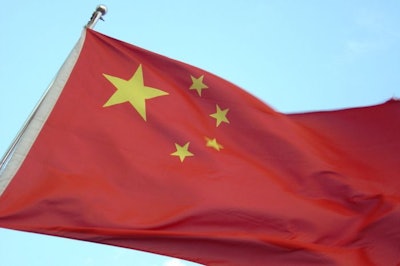
Increased imports of grandparent (GP) stock to China signal stronger growth white bird production in China in the upcoming years, according to the recently released Rabobank Poultry Quarterly Q4 2019 report.
As China, the world’s largest producer and consumer of pork, is dealing with a reduced pork supply and subsequent higher prices amid an outbreak of African swine fever (ASF), the country’s poultry industry is performing relatively well, the report stated, and confidence in continued strong performance of the poultry sector is reflected in the growth of the poultry breeding stock supply.
Citing data from Boyar, the total GP stock supply in China – which includes both domestically-produced breeding stock and imported stock – is up 49% on a year-over year basis.
“We expect the strong imports of GP stock to continue throughout the year, indicating a stronger growth in the white bird production in the coming years,” the report stated.
Poultry prices in China
While pork prices have soared in China amid the ASF outbreak, poultry prices have also been pressured up. Retail chicken prices have reached record highs. The average price of CNY22 (US$3.10) per kilogram, is up 16% when compared to the price of a year ago.
Poultry imports
China also saw an increase in poultry imports for the first seven months of 2019 when compared to the first seven months of the previous year.
The poultry import totals through July 2019 reached 424,000 metric tons, a 51% year-over year increase. The average import prices also hit a record high in July.
Rabobank also took note of where China’s poultry imports originated. Brazil had been by far the largest supplier, but its share of China’s imports dropped from 86% in the first half of 2018 to 70% in 2019. Picking up momentum are Thailand and Argentina, which have each increased their shares of China’s imports to 10%.

















